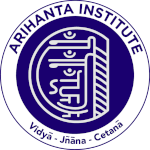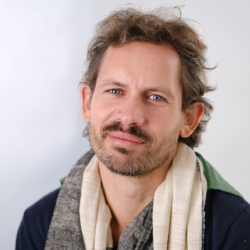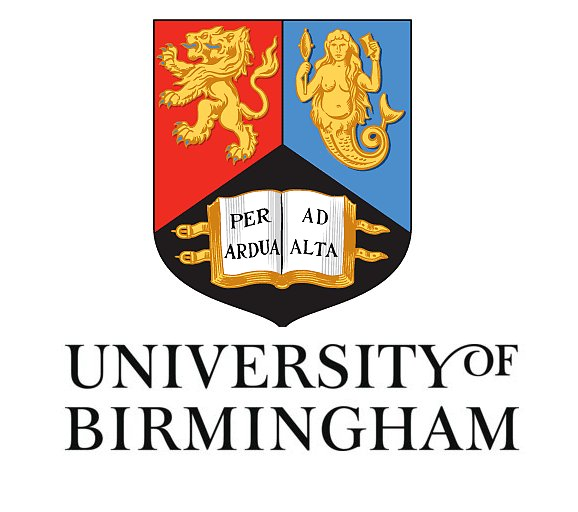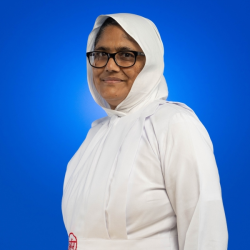
(Alternative) Forms of Priesthood and Monkhood in Jainism
Dec 02, 2024
8:00 - 9:30 AM PST
Presiding: Tillo Detige, Department of Religion at Rutgers University, New Brunswick

Tillo Detige’s primary research project investigates the Digambara Jaina ascetic lineages of early modern Western and Central India. He works with unpublished manuscript and epigraphic materials collected during extensive field work, surveying ascetics’ memorials and visiting Digambara temples and manuscript collections throughout the region. His work has been published in a number of journal articles and chapters in edited volumes, including Brill’s Encyclopedia of Jainism (2020). Tillo obtained his PhD (2024) from the Center for Religious Studies (CERES) at Ruhr-Universität Bochum (Germany), where he also taught Sanskrit and Hindi. Prior to this, he also worked and lectured at the Department of Languages & Cultures at Ghent University (Belgium, 2012 to 2018) and taught South Asian Buddhism at the Carleton- Antioch Buddhist Studies in India program at Bodhgaya (India, fall 2018). He currently holds the Alka Siddhartha Dalal Endowed Postdoctoral Fellowship in Jainism at the Department of Religion at Rutgers University, New Brunswick, where he also teaches an introductory course on Jainism.
Forms of Priesthood and Monkhood in Jainism
Presenter: Sanjay Kumar, Ghent University (Belgium)

Sanjay Jain is currently working on his PhD at Ghent University (Belgium) on Jain Brahmins of South Karnataka. After obtaining a degree in Engineering at IIT, Roorkee (India), and an MBA from University of Massachusetts (USA), he started pursuing his interest in Sanskrit literature and culture, obtaining a Masters in Sanskrit Literature from Central Sanskrit University (India), as well as a Masters in South Asian Languages and Culture from Ghent University (Belgium). He is a volunteer teacher with Samskrit Bharati USA since 2013.
Sanjay’s other interests include yoga, Urdu language, poetry, and Indian classical music.
“Jain Brahmins and the śodaś saṃskāras”
Jain Brahmins are a community in Karnataka and parts of the Kerala region who have traditionally offered priestly services, including help and guidance in different types of life-rituals for Jain householders. To do this, the priests follow specific texts and processes for performing and celebrating the śodaś saṃskāras or the sixteen milestone life events. The way Jain Brahmins prescribe these sixteen saṃskāras has some differences vis-a-vis the Vedic Brahminic traditions. Additionally, there are couple of saṃskāras which are followed by Jains and not by Vedic Brahmins and vice-versa. A comparison between the Jain and Vedic Brahminic interpretations reveals differences and commonalities which help understand the unique role of the Jain Brahmin priests.
Today, the Jain Brahmin priestly tradition is in decline, with only some 150 families identifying themselves as Jain Brahmins. These families have maintained their lineage by marrying within the community and passing down the tradition through successive generations. Due to declining financial patronage, the last three to four generations have taken to other professions and the community is finding it hard to continue their tradition. Since youth are not forthcoming to continue this tradition, some volunteer organizations have taken the task to preserve the tradition by grooming the youth in part-time practice and the model has seen moderate success so far.
The paper combines an examination of the present condition of the Jain Brahmin communities in South India with an overview of the procedures relating to the saṃskāras to provide an insight into their traditional occupation within the broader Jain community.
Today, the Jain Brahmin priestly tradition is in decline, with only some 150 families identifying themselves as Jain Brahmins. These families have maintained their lineage by marrying within the community and passing down the tradition through successive generations. Due to declining financial patronage, the last three to four generations have taken to other professions and the community is finding it hard to continue their tradition. Since youth are not forthcoming to continue this tradition, some volunteer organizations have taken the task to preserve the tradition by grooming the youth in part-time practice and the model has seen moderate success so far.
The paper combines an examination of the present condition of the Jain Brahmin communities in South India with an overview of the procedures relating to the saṃskāras to provide an insight into their traditional occupation within the broader Jain community.
Presenter: Eric Villalobos, Emory University

Eric Daniel Villalobos is a PhD Student at Emory University in Atlanta, Georgia, USA. He studies South Asian Religious traditions with a particular focus on Jainism. He received his BA in Religious Studies from the University of California, Santa Barbara, and an MA in South Asian Area Studies from the School of Oriental and African Studies (SOAS), University of London. His current research uses historical and ethnographic methodologies to examine the Śvetāmbar Jain yatis, whose monastic praxis allowed them to travel by vehicle, use money, and practice āyurveda, astrology, and mantra-śāstra. This project takes him through the history of Indian monasticism and the colonial encounter with South Asian indigenous medical systems.
“Monk as Mahārāj: Displays of Royal Authority by the Śrīpūjya-ācāryas in Śvetāmbar Jainism”
The figure of the monk in the Jain tradition is imbued with a sense of royal authority. Monks are often called “mahārāj” or great king, for example. The male head of the monastic community, called an ācārya, has the ultimate authority in the Jain community. As respected leaders, they can be felicitated with songs, rituals, and parades as they enter a town. This relationship could create tension with the ascetic ideal of Jainism, where monks should, in theory, be detached from the world. Monks have always had to negotiate this tension, but during the colonial era, monastic heads called śrīpūjyas, in order to wield vast social, political, and even martial power, put much greater emphasis on the royal character of their position. This talk will examine Hindi and Gujarati language jīvancaritas or hagiographies of śrīpūjyas from the Añcal, Loṅkā, Paichand, and Khartar monastic orders of the Śvetāmbara community in North India. By comparing these displays of royal authority with renunciants who came before and after them, one can see how these displays reflect both changing political circumstances and attitudes about appropriate monastic praxis.





